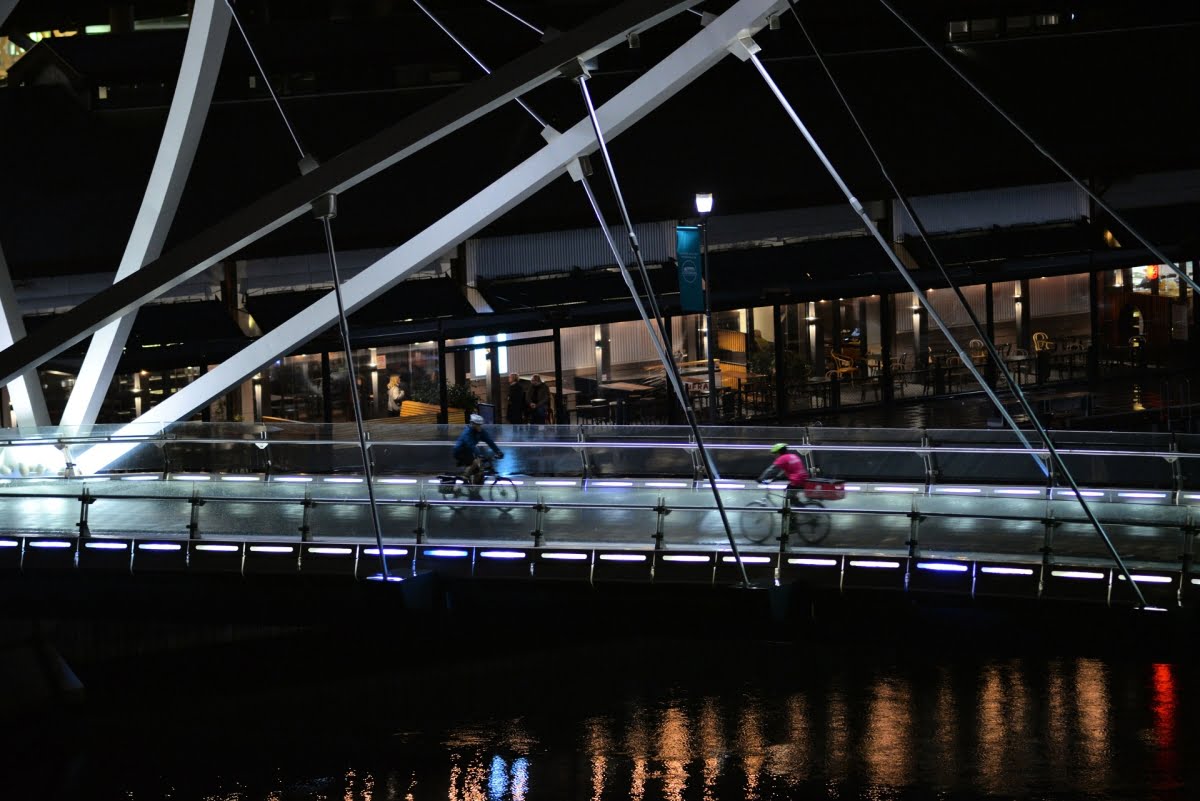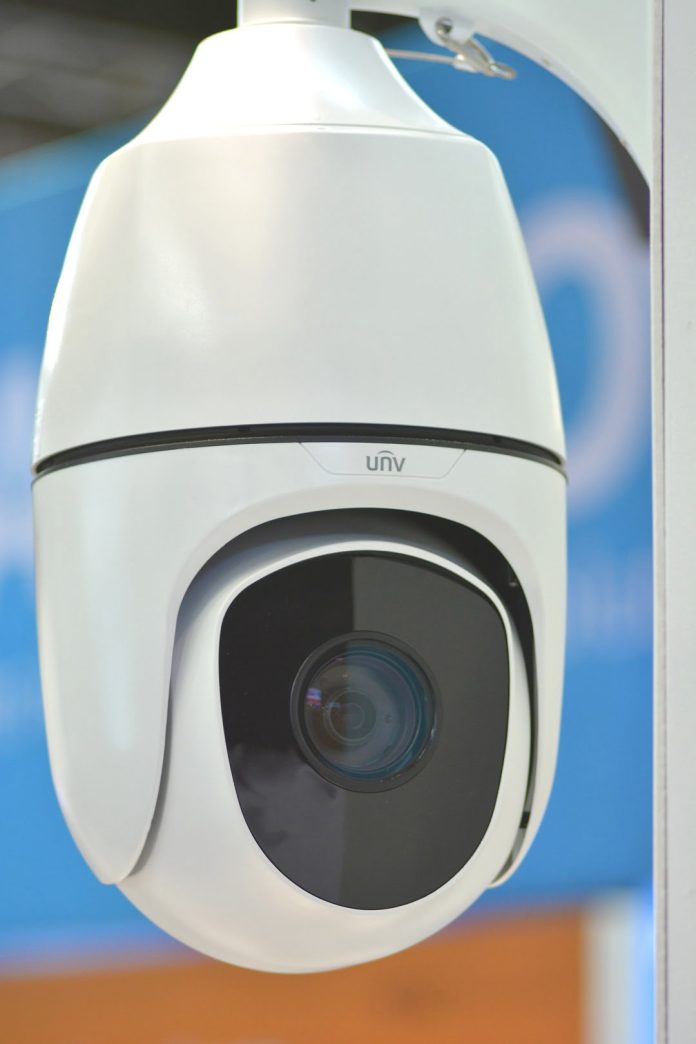Q: I was interested to read in Help Desk last month the points made about the challenges of context when wide angle camera views are being used. Does the same type of issue apply with longer views and is there a way to deliver context in such cases – especially when operators familiar with wider ‘parked’ camera views start going from wide to long with 36x optical PTZs?
A: Yes, you’re quite correct – compression is a great strength of longer lenses in some applications but it can confuse if operators are unfamiliar with its effects. Once you get past the hyperfocal distance of a 36x zoom you’ll get pedestrians at 40m, diners outside a café at 65m and situational awareness in the compact-seeming but profoundly deep field of view behind both – out to 100m and more.
At longer focal lengths distances compress and all the objects in the scene beyond the hyperfocal point will appear to line up one behind the other. Depending on unfolding events, this can make it appear as if individuals are associated or a passerby was closer to an incident than they actually were.


Wide and crop shows the value and challenges of long focal lengths in video surveillance applications…
You can use this compression to your advantage if you can establish context and the best way to do this is to walk out the distance between salient features in the scene. Obviously, with a 36x PTZ, there are 360-degrees of salient features, depending on the application. Fortunately, it’s something you can undertake during investigations but for real time monitoring of events your operators will need a sense of distances between street corners, signage, street furniture, shop fronts and more.
Familiarity is the name of the game and operators should drive PTZs during quiet times to gain a greater perspective of their patch at all focal lengths. To illustrate the power of compression at long focal lengths, in the images here, the cyclist is 80m from the lens at an FF focal length of 180mm and the couple in the café is at least 25m deeper into the scene.♦











